The Best Foolproof White Sourdough Bread Recipe
5.0
(23)
Your folders
Your folders
Prep Time: 40 minutes
Cook Time: 45 minutes
Total: 1105 minutes
Servings: 2

Ingredients
Export 4 ingredients for grocery delivery
Instructions
Step 1
The night before you plan to make your bread, combine 25 g sourdough starter, 125 g water, and 125 g unbleached King Arthur bread flour in a jar. Note: This is a 1:5:5 feeding ratio.
Step 2
In my 75°F/24°C home, my starter peaks around the 10-hour mark and stays peaked for around 7 hours (at the 1:5:5 ratio from Step 1). You want the top of your starter to be flat and perhaps even starting to concave a little in the middle. It should be at least double, ideally tripled in size from when you fed it.
Step 3
Our desired dough temperature is 78°-80°F or 25.5-26.6°C. Use Maurizio Leo's water temperature calculator to determine the ideal temperature of your water (see notes).
Step 4
Combine 600 g warm water, 240 g active sourdough starter, and 1,000 g unbleached King Arthur bread flour. Mix until a shaggy dough forms and cover for 1 hour.
Step 5
Note: At this time, I would feed the leftover starter from my jar to keep it active and happy!
Step 6
After the 1 hour rest, add 40 g warm water and 20 g sea salt. Knead the dough or do slap and folds until the dough is strenghened. The dough will likely feel rubbery and start to separate as you work in the salt. This is normal. The dough will smooth out and come back together when it's fully mixed, which just takes a few minutes.
Step 7
Let the dough rest for 30 minutes.
Step 8
Perform 4 sets of stretch and folds, each set 30 minutes apart. You can also switch to coil folds for the final sets, which are gentler on the dough.
Step 9
After each stretch and fold, check the temperature of the dough. Our goal is to keep it between 78°-80°F or 25.5-26.6°C. If it is cooler, put it in the oven with the light on. If too warm, leave it on the counter.
Step 10
Optional: during the second set of stretch and folds, you can add inclusions to your dough as long as they aren’t sugar or syrup. For two loaves, you’re looking at adding 350-400g of inclusions. You can separate the dough into two if you prefer different types of bread.
Step 11
Let the dough finish the bulk fermentation. The dough should have risen in volume and will appear puffy and domed on top. It should jiggle like Jell-O when you gently nudge the bowl and feel slightly tacky but not overly sticky to the touch. When you look at the sides and bottom of the bowl, you should see tons of bubbles. When in doubt, let the dough ferment longer. Overproofed dough is tastier than underproofed dough.
Step 12
If your dough has maintained a temperature of 78°-80°F or 25.5-26.6°C up to this point, it should take about 4-5 hours (that timer starts when you mix the starter into your dough). If the dough has fallen in temperature and is a bit cooler, it will take longer. Watch for the visual cues!
Step 13
Using a bench scraper, divide the dough into two pieces (if you cut this recipe in half and are doing one loaf, no need to divide!). If you're experiencing any sticking, use a water mister to lightly moisten your surface and bench scraper.
Step 14
Use your bench scraper to push the mass of dough up, around, and back toward you (like a candy cane motion). Continue doing this motion, gently, until you've coaxed the mass of dough into a round. Do this again for your second dough ball. Let rest for 30 minutes.
Step 15
Use the caddy clasp technique to easily and quickly shape your dough.
Step 16
For a batard, fold your dough round like a book and place it into your floured banneton. Pinch the seams closed.
Step 17
For a boule, do a double clasp (folding like a book in both directions), and flip it back onto your surface. Use a bench scraper to tighten the ball and make a more even round shape. Flip into the floured bannetons.
Step 18
Cover bannetons and refrigerate overnight. Ideal cold retard: 12-36 hours. Do not exceed 96 hours.
Step 19
Preheat oven to 450°F/230°C with Dutch oven(s) inside.
Step 20
Transfer dough to parchment paper or a bread sling, score, and place in Dutch oven. You can add 1-2 ice cubes to the bottom of the Dutch oven if you want blistering on the outside of the bread.
Step 21
Bake with lid on for 30 minutes.
Step 22
Remove lid and bake for 10-15 minutes more, or until golden brown and the internal temperature is 205-210°F (96-99°C).
Step 23
Cool on a wire rack for at least 90 minutes before slicing.
Top similar recipes
Curated for youYour folders

 105 views
105 viewsThe Best Pavlova Recipe (Foolproof)
bakerstreetsociety.com
1 hours, 30 minutes
Your folders
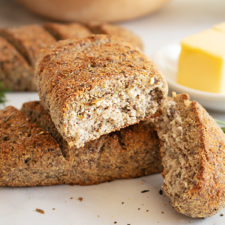
 36 views
36 viewsThe Best Keto Sourdough Bread
perfectketo.com
Your folders
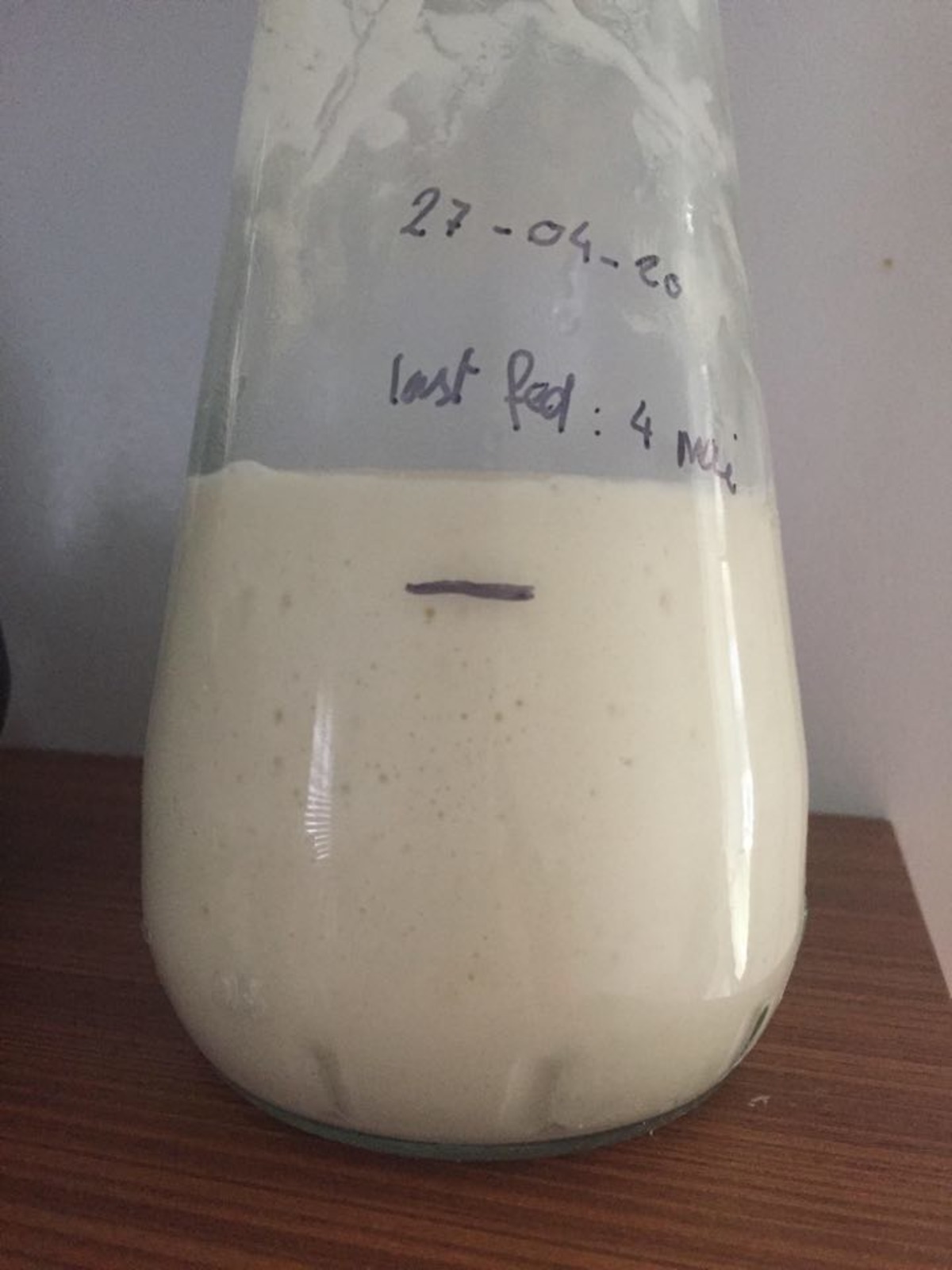
 516 views
516 viewsFoolproof Sourdough Starter
food.com
4.5
(19)
72 hours
Your folders

 390 views
390 viewsThe Best White Sandwich Bread
melskitchencafe.com
4.6
(431)
30 minutes
Your folders
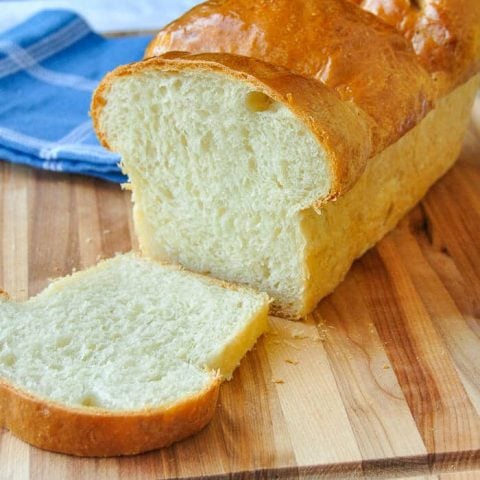
 262 views
262 viewsThe Best Homemade White Bread
rockrecipes.com
4.5
(314)
40 minutes
Your folders
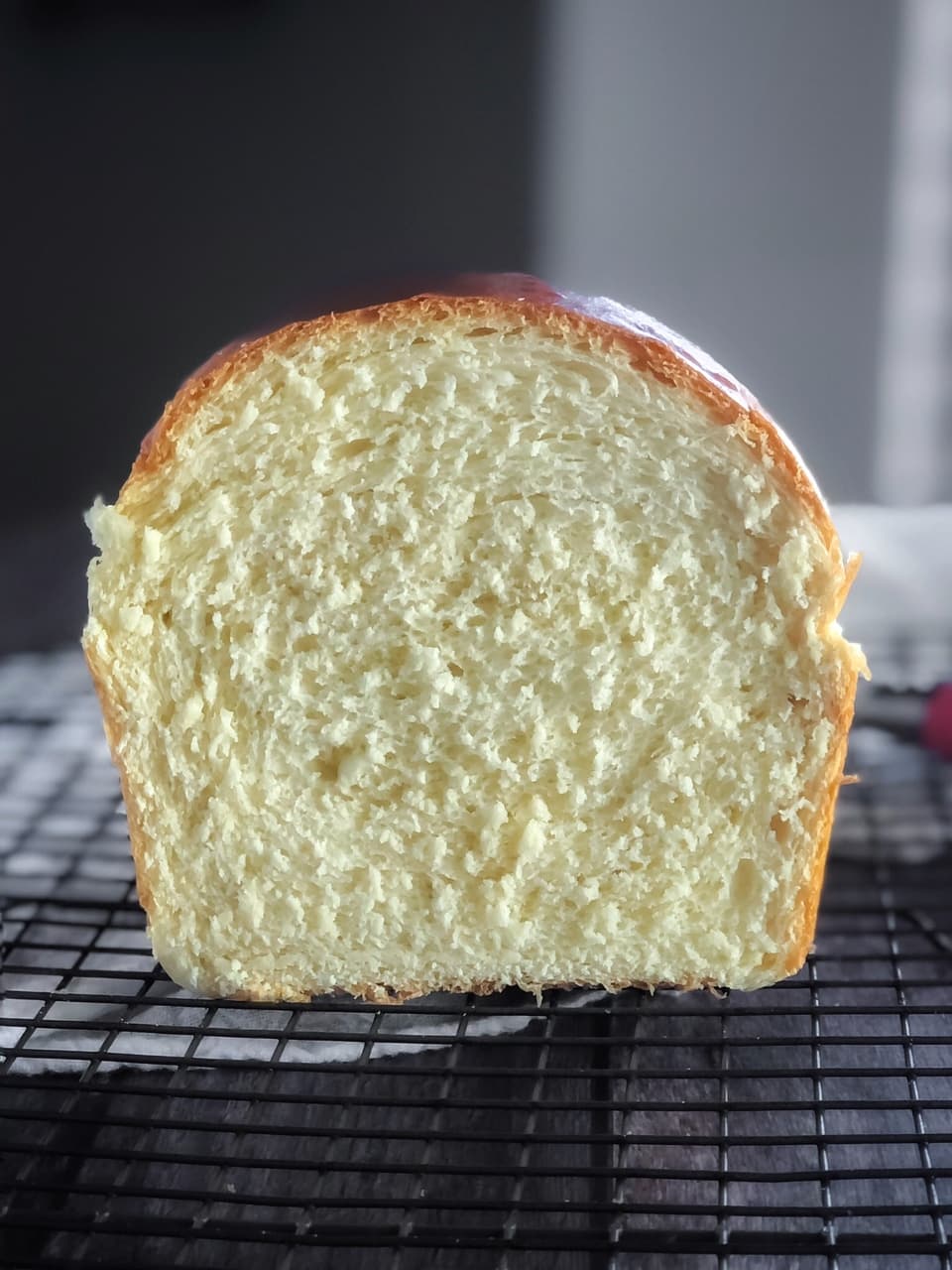
 120 views
120 viewsThe Best Honey White Bread
donuts2crumpets.com
5.0
(36)
30 minutes
Your folders
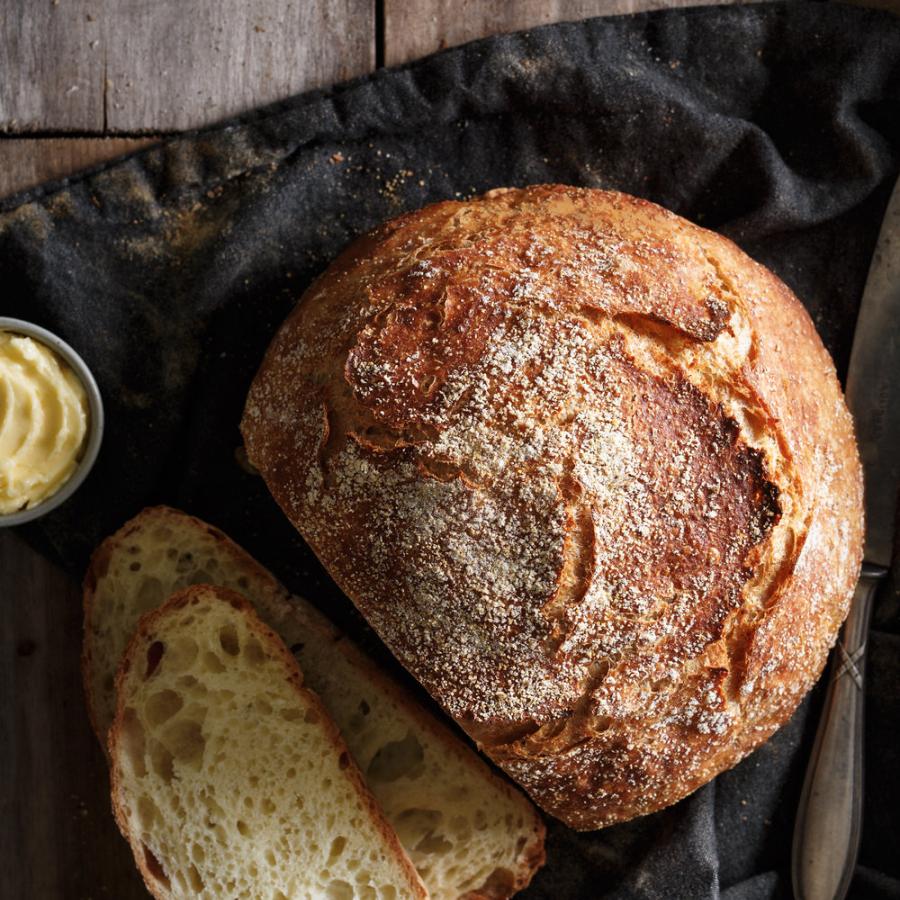
 47 views
47 viewsCrusty White Bread (The Best)
ricardocuisine.com
5.0
(881)
1 hours
Your folders

 62 views
62 viewsThe Best Zucchini Bread with Sourdo...
amybakesbread.com
4.4
(7)
60 minutes
Your folders

 559 views
559 viewsThe Best White Cake Recipe
sugarspunrun.com
4.8
(186)
35 minutes
Your folders
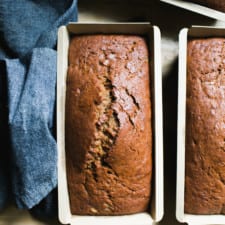
 51 views
51 viewsBest Sourdough Zucchini Bread
theclevercarrot.com
4.9
(41)
45 minutes
Your folders

 68 views
68 viewsBest Low Hydration Sourdough Bread ...
farmhouseonboone.com
5.0
(4)
45 minutes
Your folders
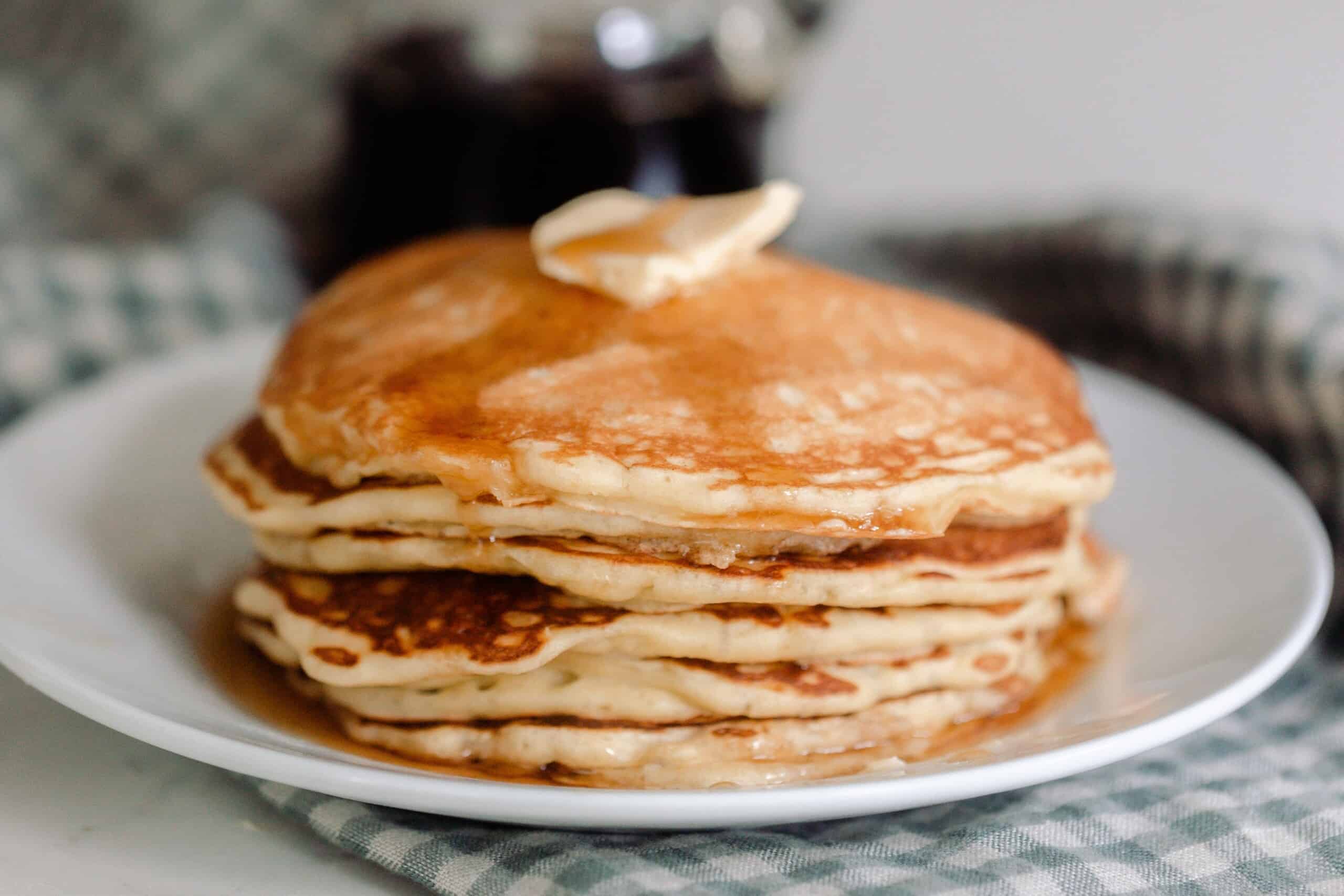
 141 views
141 viewsThe Best Sourdough Pancakes
farmhouseonboone.com
4.7
(871)
4 minutes
Your folders
 73 views
73 viewsThe Best Sourdough Pancakes
farmhouseonboone.com
Your folders
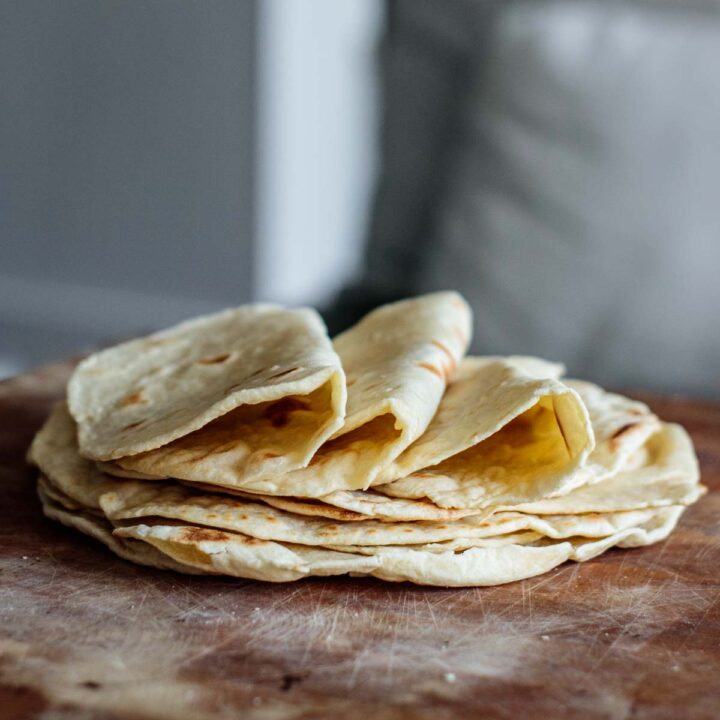
 356 views
356 viewsThe Best Sourdough Tortilla
milkandpop.com
4.5
(88)
2 minutes
Your folders

 143 views
143 viewsThe Best Sourdough Bagels
simplicityandastarter.com
4.9
(10)
20 minutes
Your folders
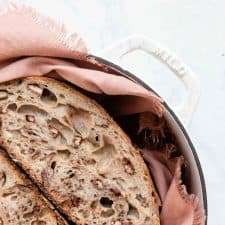
 427 views
427 viewsThe Best Cinnamon Pecan Sourdough R...
cultured.guru
1 hours
Your folders

 842 views
842 viewsThe Best Bread Machine Bread Recipe
cravethegood.com
4.5
(205)
2 hours
Your folders

 233 views
233 viewsSourdough Bread Recipe
yellowblissroad.com
4.5
(47)
30 minutes
Your folders
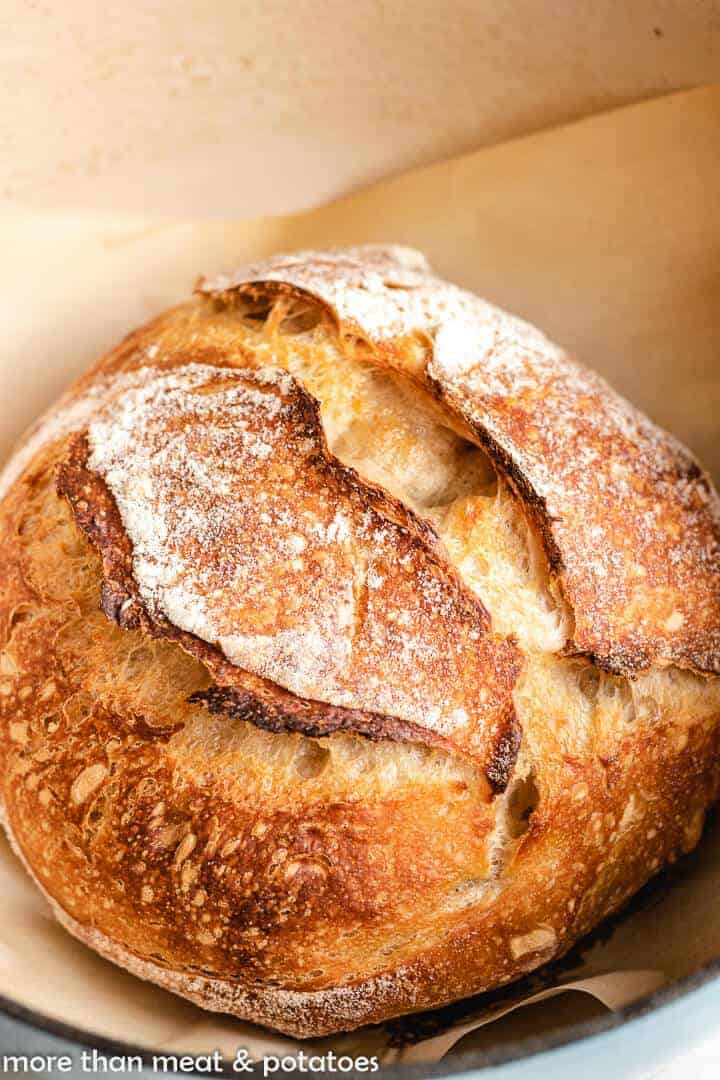
 251 views
251 viewsSourdough Bread Recipe
morethanmeatandpotatoes.com
4.8
(6)
45 minutes